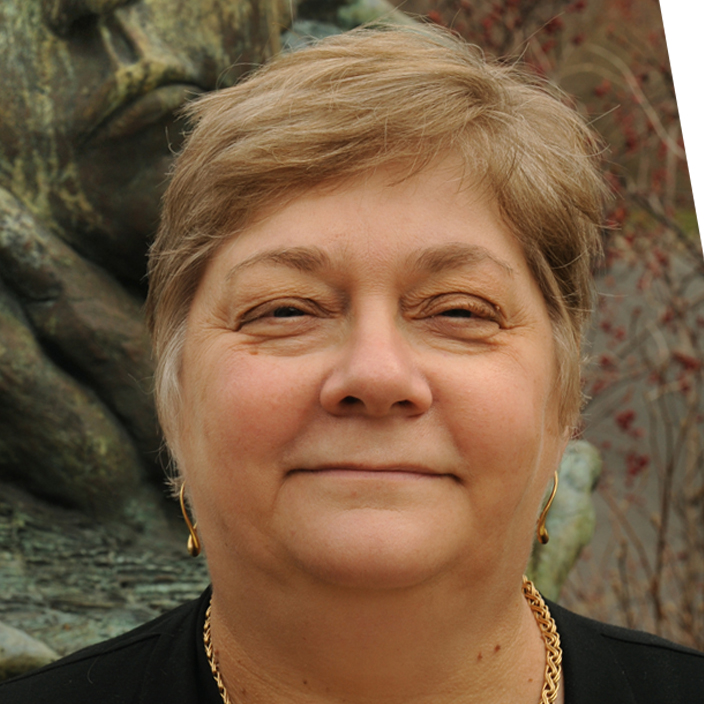
An outside observer of life on Earth might conclude that a major factor distinguishing human beings from all the other organisms on the planet is language. While it's true that many other species have evolved diverse ways of communicating with each other, humans are unique in how they use, develop, and learn language based on abstract symbols with complex systems of grammar and syntax. Where do those abilities to devise, manipulate, and understand abstract symbols originate? How do they emerge in each of us as children? And what happens when our natural language abilities are damaged by injury or disease?
These are the questions that Elissa Newport studies as the world's leading cognitive scientist in the realm of language acquisition, learning, and development. After earning her doctorate at the University of Pennsylvania in 1975, Newport served on the faculty of the University of California in San Diego, the University of Illinois, and the University of Rochester, eventually named the George Eastman Professor of Brain and Cognitive Sciences at the latter institution. In 2012 she moved to Georgetown University as a professor of neurology.
The major theme running through most of Newport's work, beginning with her doctoral dissertation (which concerned "motherese," i.e. the ways in which mothers communicate with their own infants), has been language acquisition, particularly in those brains that are still undergoing growth and development: namely, those of children. Newport has brought together different threads of research to codify and synthesize new theories and insights into the cognitive and organic bases of language.
Perhaps the most famous example of this is Newport's "less is more" hypothesis, which she developed from her extensive studies of how children learn language compared to adults: despite the fact that adults, with their more well-developed cognitive skills and memories, are generally better learners, children can learn languages far faster and easier. According to Newport's "less is more" idea, this is because the less well-developed cognition of children actually serves as a major advantage, allowing kids to naturally absorb smaller and simpler pieces without getting bogged down in over-analyzing and over-thinking the process, as adults do. Although the possible underlying mechanisms and other details are still being studied and debated, the "less is more" hypothesis has been a major influence not only in cognitive science but also in artificial intelligence studies, providing a springboard for new ideas and experiments.
One of the foundations of Newport's hypothesis was her work in demonstrating that are definite, age-based "sensitive" periods for language learning for children. She has shown that these periods hold even for deaf children who are learning sign language, and that such children are able to acquire language even if their input source is hearing parents whose signing skills are imperfect or incomplete. Her studies in this area have proved seminal in language development research as well as confirmed that signed languages are as structurally and syntactically rich and complex as the spoken varieties.
Most recently, as director of the Center for Brain Plasticity and Recovery at Georgetown University, Newport has concentrated on learning how the brain is able to recover language capacities after a stroke or other neurological insult. The plasticity and adaptability of the brain and nervous system allows it to find alternative neurological pathways to bypass damage and regain cognitive abilities in much the same way as a child's brain develops through learning and growing. In children suffering a stroke at birth, the right hemisphere of the brain can rapidly take on the lost language facilities of the left hemisphere. Newport uses functional MRI to study how the brains of adults and children organize their language abilities and how those abilities are lost, work that may lead to the development of ways to repair damaged neurological connections and restore function.
Much as our ability to invent and use language sets humans apart from the other creatures on Earth, Elissa Newport's contributions to cognitive science and the study of language set her apart from others in her field. Indeed, her work has defined new areas and broken entirely fresh ground, setting out paths for others to follow. By enhancing our knowledge of how we communicate with each other, Elissa Newport has also provided us with a deeper understanding of what it means to be human.
Information as of April 2015

